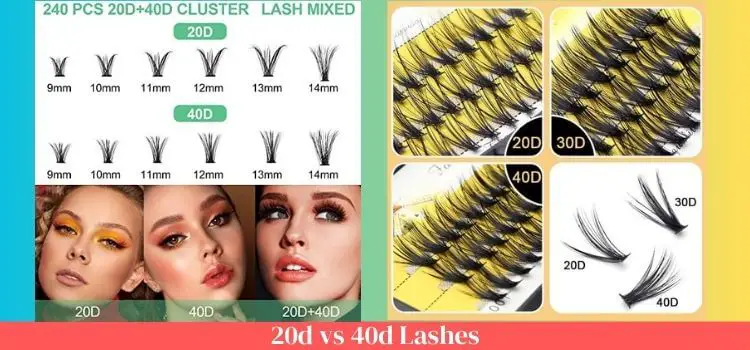As an Amazon Associate, I earn from qualifying purchases.

Individuals often choose between a compression bra and a binder when finding the right support garment. Both serve different purposes and understanding their characteristics is crucial to making an informed decision. This comprehensive guide delves into compression bras and binders, examining their features, benefits, and ideal use cases. We’ve got you covered whether you’re seeking enhanced comfort, post-surgery support, or gender-affirming options.
Compression Bra vs. Binder: Exploring the Differences
Compression Bra: The Ultimate Comfort
What is compression bra?
As the name suggests, a compression bra offers gentle yet supportive compression for the chest area. Unlike traditional bras that focus primarily on aesthetics, compression bras prioritize comfort and functionality. These bras are designed to provide a snug fit without causing discomfort or constriction.
Whether recovering from breast surgery or seeking comfortable daily wear, a compression bra can be an excellent choice. They offer seamless support, making them suitable for various activities, including light exercise and lounging.
Binder: For a Flatter Appearance
What is Binder?
Conversely, a binder is primarily used to flatten the chest, often chosen by individuals looking to achieve a more masculine or gender-neutral appearance. Binders are constructed from solid, stretchy materials that compress the chest tissue, resulting in a flatter silhouette.
Binders can be essential in gender-affirming attire, helping individuals feel more comfortable in their bodies. However, it’s crucial to note that improper use or wearing a binder that’s too tight can lead to health concerns such as restricted breathing and tissue damage.
Finding Your Perfect Fit
Considerations for Choosing Between Compression Bra and Binder
When deciding between a compression bra and a binder, several factors come into play:
- Purpose: Determine whether you seek support, comfort, or a flatter appearance.
- Health Needs: Consider any medical recommendations, especially if you’re post-surgery.
- Material: Look for breathable, moisture-wicking fabrics to ensure comfort.
- Size: Accurate measurements are vital for both comfort and effectiveness.
- Duration of Wear: Decide how long you’ll wear the garment daily.
- Physical Activities: Consider your activity level and choose accordingly.
FAQs about Compression Bra vs. Binder
Can I Exercise in a Compression Bra?
Absolutely! Compression bras offer support during light to moderate exercise. However, for high-impact activities, consider a sports-specific bra for added support.
Are All Binders Created Equal?
No, binders come in various styles and materials. Choosing one that suits your body type and comfort needs is essential.
Can I Sleep in a Binder?
Sleeping in a binder is not recommended due to potential discomfort and health risks. Opt for a compression bra designed for nighttime wear instead.
Will a Binder Affect My Breathing?
Wearing a properly fitted binder should not significantly impact your breathing. However, remove the binder immediately if you experience discomfort or breathing difficulties.
Can I Wear a Compression Bra Post-Surgery?
Yes, compression bras are often recommended after breast surgery to provide gentle support and aid in healing.
How Do I Measure for a Binder?
To measure for a binder, take your chest and shoulder measurements. Consult the manufacturer’s sizing chart for accurate guidance.
Conclusion:
Choosing between a compression bra and a binder depends on your unique needs and preferences. While a compression bra offers comfortable support for various activities, a binder can provide a flatter chest appearance for those seeking gender-affirming options. Prioritize your comfort, health, and individuality when making your decision.





